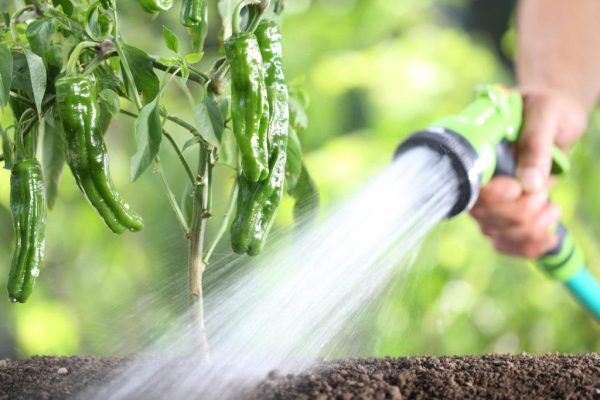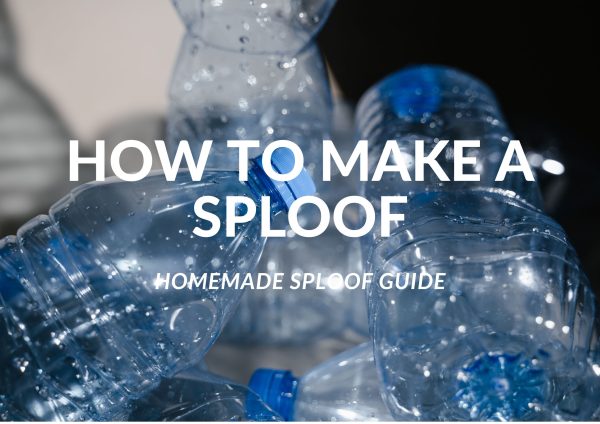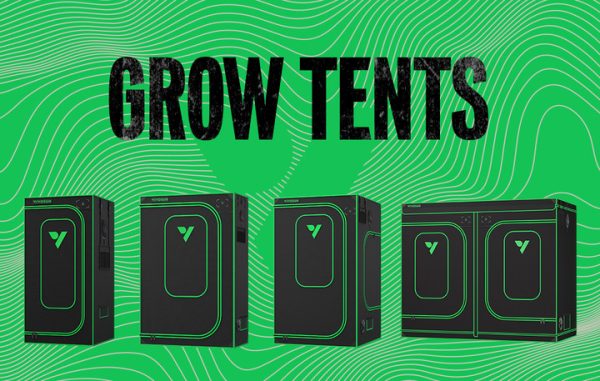In this article, we will introduce 3 methods of fertilizing plants. Feeding your plants is crucial to growing healthier plants that produce more, so let’s take a look at how this works.

Fertigation – The Basics of Fertilizing Your Plants
Fertigation is a common fertilization method used by home growers and commercial growers. It is accomplished by dissolving liquid fertilizer or solid fertilizer in water and fertilizing plants by watering.
The advantages of Fertigation are:
- The fertilizer is all dissolved in water, and the composition content is more uniform.
- Water-soluble fertilizers are more easily absorbed by plants and have quicker results.
- It saves on labor and does not require additional fertilization. Watering becomes fertilization. It is especially suitable for commercial planting with irrigation systems.

Disadvantages of Fertigation:
- The fertilizer effect time is short, so frequent fertilization is required.
- Long-term irrigation and fertilization may cause salt accumulation in the substrate.
Foliar Fertilizing – The Basics of Fertilizing Your Plants
Foliar fertilization is essentially dissolving fertilizer in water and spraying it directly onto leaves. Nutrients are absorbed through stomata on the surface of the leaves rather than through the roots. Foliar fertilization is not a substitute for normal root fertilization of plants, and foliar fertilization can be a very effective short-term method of replenishing nutrients.
Advantages of Foliar Fertilizing:
- The nutrient absorption speed of foliar fertilization is fast, and the fertilizer utilization rate is high.
- It can be used in combination with pesticides, plant growth regulators and other active substances to promote each other, improve the absorption effect of leaves, enhance crop resistance, and prevent pests and diseases.
- Avoid potential problems caused by nutrient accumulation in the soil.
Disadvantages of Foliar Fertilizing:
- The fertilizer effect time is short.
- The total amount of nutrients provided by one spraying is less than other methods of fertilization.
Soil Application – The Basics of Fertilizing Your Plants
Soil fertilization generally refers to spreading slow-release granular fertilizer or organic granular fertilizer (or powder fertilizer) into the soil. When used as top dressing, try to stay away from the root system to prevent root burning.
Advantages of soil fertilization:
- Slow release fertilizer will release nutrients slowly, reducing the frequency of fertilization.
- It is easy to use and does not require additional equipment when fertilizing.
- Can be stored for a longer period of time.
Disadvantages of soil fertilization:
- Inaccurate nutrient control and uneven fertilization.
- Slow-release fertilizer or organic granular fertilizer releases nutrients slowly and cannot be absorbed by plants immediately.
Each fertilization method has advantages and disadvantages, and the fertilization method depends on the type of substrate, the size of the pot, environmental conditions, and the state of the plant.
In actual planting, choose the fertilization method that suits you, and you can use one method or a combination of multiple methods.
As always if you have any questions you can message our Instagram or Facebook and we’ll be glad to help you out! We’re happy you’re on this journey and we want to help in any way we can.
Subscribe to the VIVOSUN newsletter for growing tips, grower stories, and special offers, and get 12% off your first order!
We love the new VIVOSUN Smart Grow System and we are certain that you too will love it once you try it.
And join our Facebook farmer’s community for even more exclusive contests and prizes!
Download VIVOSUN App to get 18% off and explore more information!








